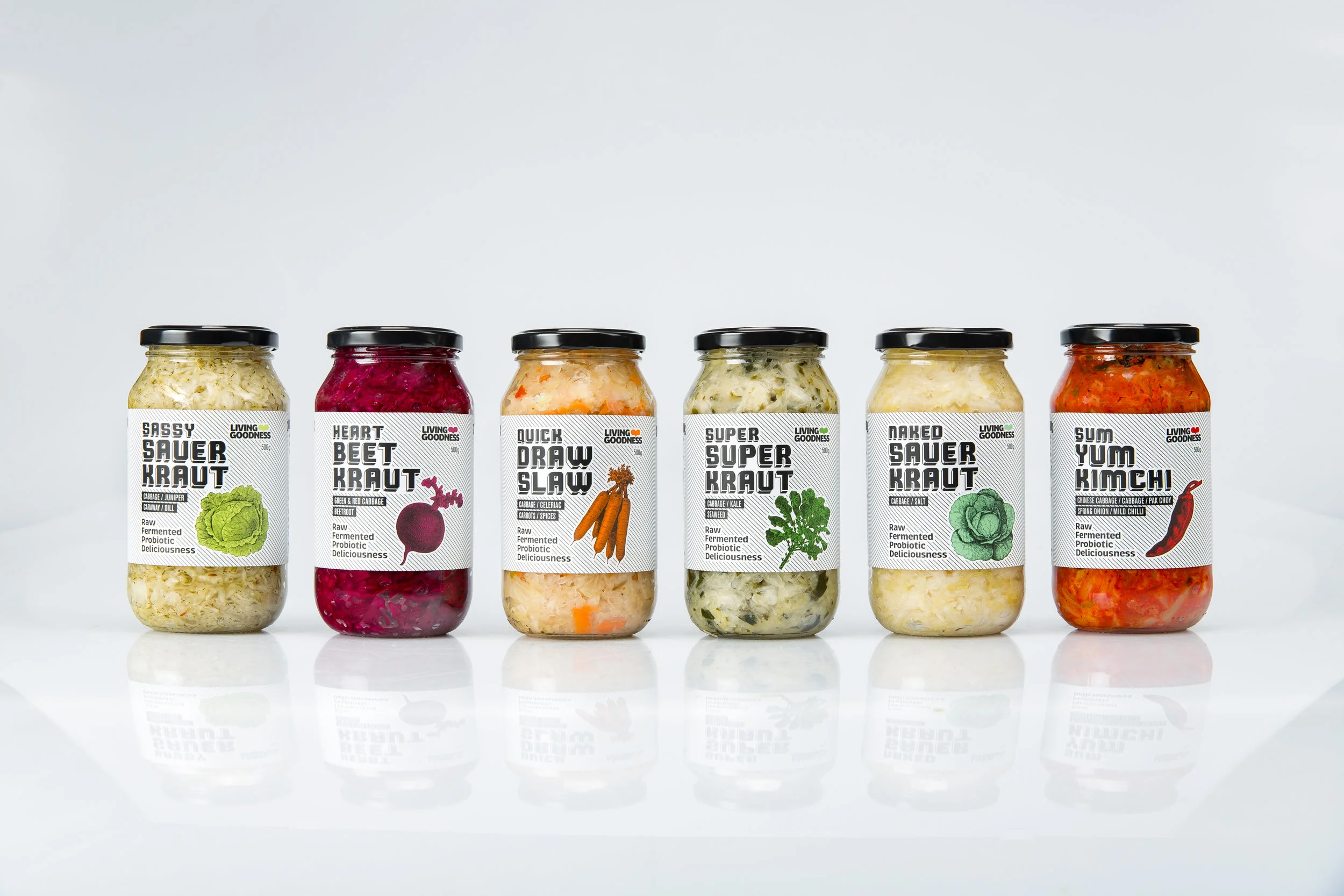We get asked this question all the time, and with good reason.
Sauerkraut seems to have some inconsistent messaging around its longevity, largely because of its history. It was originally created as a preserved dish that could last a long time before refrigerators were invented. So why should it spoil, and if it does, when does it spoil? Today we thought we’d clear the air:
And really, it all depends on the sauerkraut.
…Ok we know that wasn’t very helpful, so here’s a better one:
There are a two types of Sauerkrauts – unpasteurised and pasteurised – but what does this even mean?
The unpasteurised (raw) sauerkrauts retain all the good gut bacteria from the fermentation process, and when its chilled these bacteria ‘go to sleep’ only to be awoken in your digestive system when you eat it.
Pasteurised sauerkraut has been heat treated to extend the shelf life of the product, but while you may get a longer shelf life – this also kills all the bacteria, good or bad, and can create a sauerkraut with a stodgy texture. No one wants nana’s mushy kraut.
So now that we’ve cleared that up…
Sauerkraut that isn’t refrigerated and is pasteurised should be eaten within 3-4 weeks after being opened, room temperature air can cause it to dry out, lose its flavour and potentially allow bad bacteria in. However it can stay in its unopened jar until you’re ready to eat it, before the best before date of course.
Sauerkraut that is raw and naturally fermented, like Living Goodness, should stay refrigerated to slow the fermentation process. It will stay fresh and tasty for around 4 - 6 months after being opened. Be careful about what you’re doing with it though, because as soon as new bad bacteria finds its way into the jar, that kraut can be spoiled! Use clean utensils each time you dig in to reduce the risk of introducing nasty bacteria to your jar of kraut.


